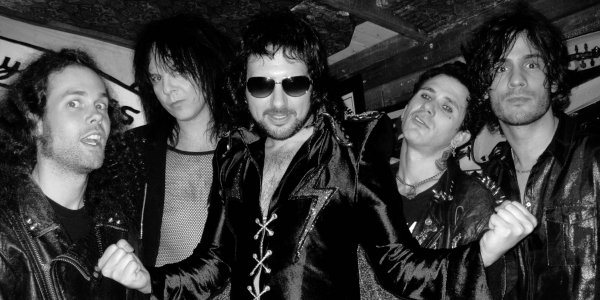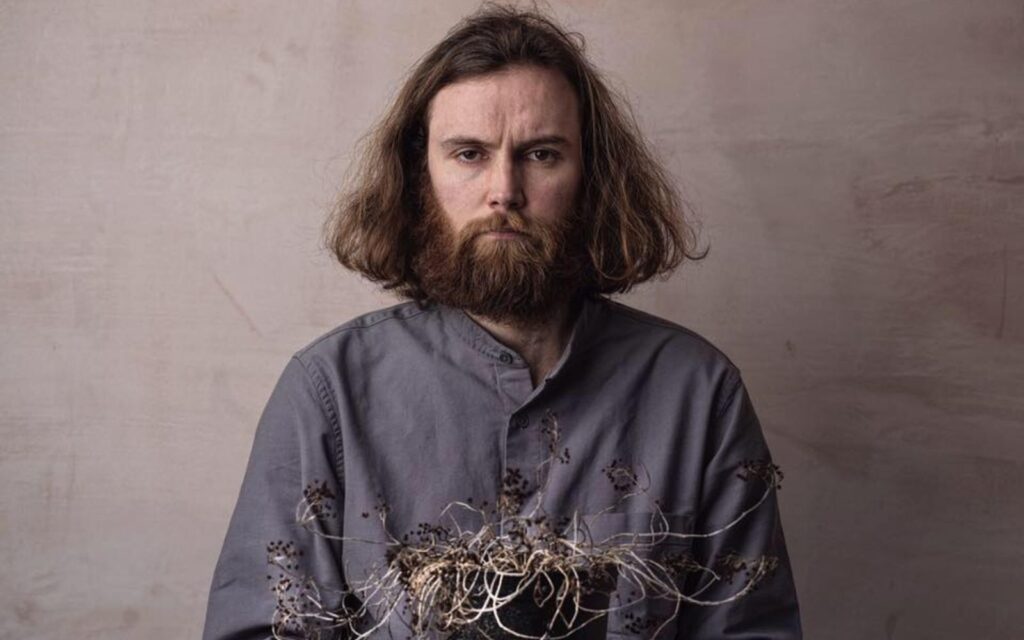“There are four level structures that the school teaches at,” says Catherine Gleeson, Head of Foundation Diploma. “So we have foundation, intermediate, advanced and MAs. We’ll be holding panels from 10am to 3pm on Saturday and Sunday because we know there are usually a lot of questions about the foundation and graduate certificates. The most common question is normally ‘what do I need to do to get into the school?’, especially for foundations. For foundation in particular it’s basically to submit a creative portfolio that demonstrates creativity in any of the areas that the school covers – whether it be illustration, directing, filmmaking… We have so many courses to choose from. We’re about reaching out to those people who would like to get their foot in the door of the industry but don’t have, or are not interested in academic work necessarily.”
And they learn from the best too, with teachers including Cate Shortland and Tony Krawitz in directing, Kim Batterham in cinematography, Luke Doolan in editing, and Sarah Stollman in design, just to name a handful. The key importance is for students to learn from the best and most experienced in their chosen field – particularly teachers with first-hand experience.
“What makes us unique is that everyone who teaches here is also a practicing industry person,” says Gleeson. “They’re either currently working in the industry now or they go back and forth between the school and the industry. We’re also distinctive in that the school was created by an Act of Parliament, so we are directly answerable to the people of Australia. The school was created for all Australians and that’s why we try to keep it as accessible as possible. We want it to be available and open for all Australians no matter the age. We offer everything from short courses for kids in primarily school all the way to creative fellowships and MAs and graduate diploma for seasoned students. We have incredible physical resources too, like studios and equipment – but the greatest resource is our people who teach.”
As for the courses themselves, Gleeson claims that the most popular choice among those first entering the school are foundation and graduate directing… At first, anyway, until they discover the vast array of other courses on offer, also including screen music, editing, 3D animation, and visual effects.
“The two most popular courses would be foundation and graduate directing because everybody wants to be a director! The important thing about foundation is that people may come to us wanting to be directors, but by the time they’ve tried everything else we’ve got on offer, they can change their minds sometimes! Because we are in a position where we are serving the Australian public, we’re always aware that we’re under scrutiny and that it’s our responsibility to do a lot of self-reflection to improve and progress the courses and structures every year to make them more relevant. It’s our responsibility to be cutting-edge and always have our ear to the ground. Because we have people involved directly in the industry, we offer a good balance between theory and practice.”







